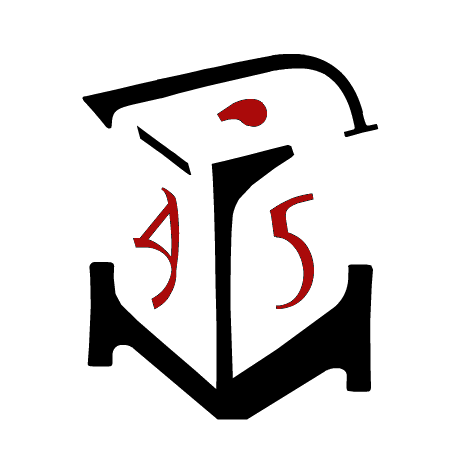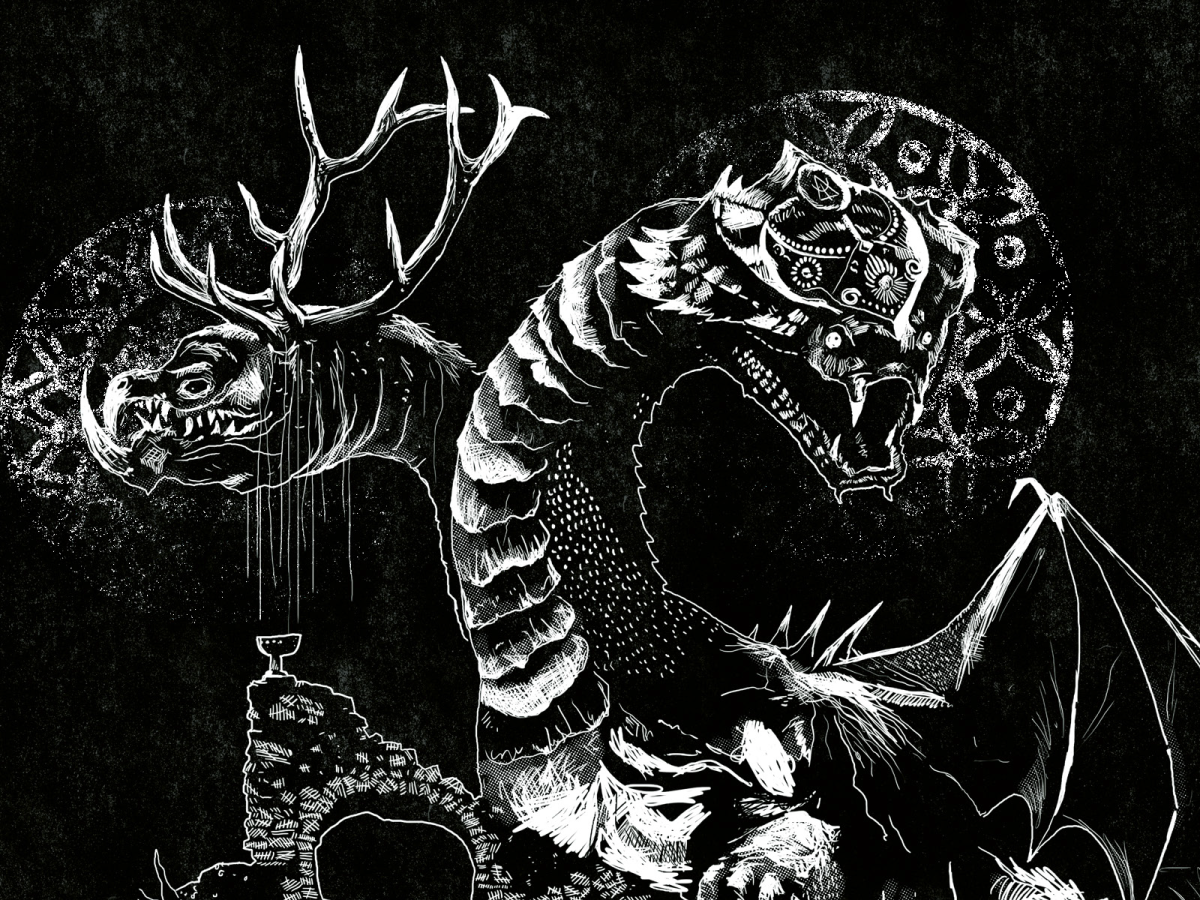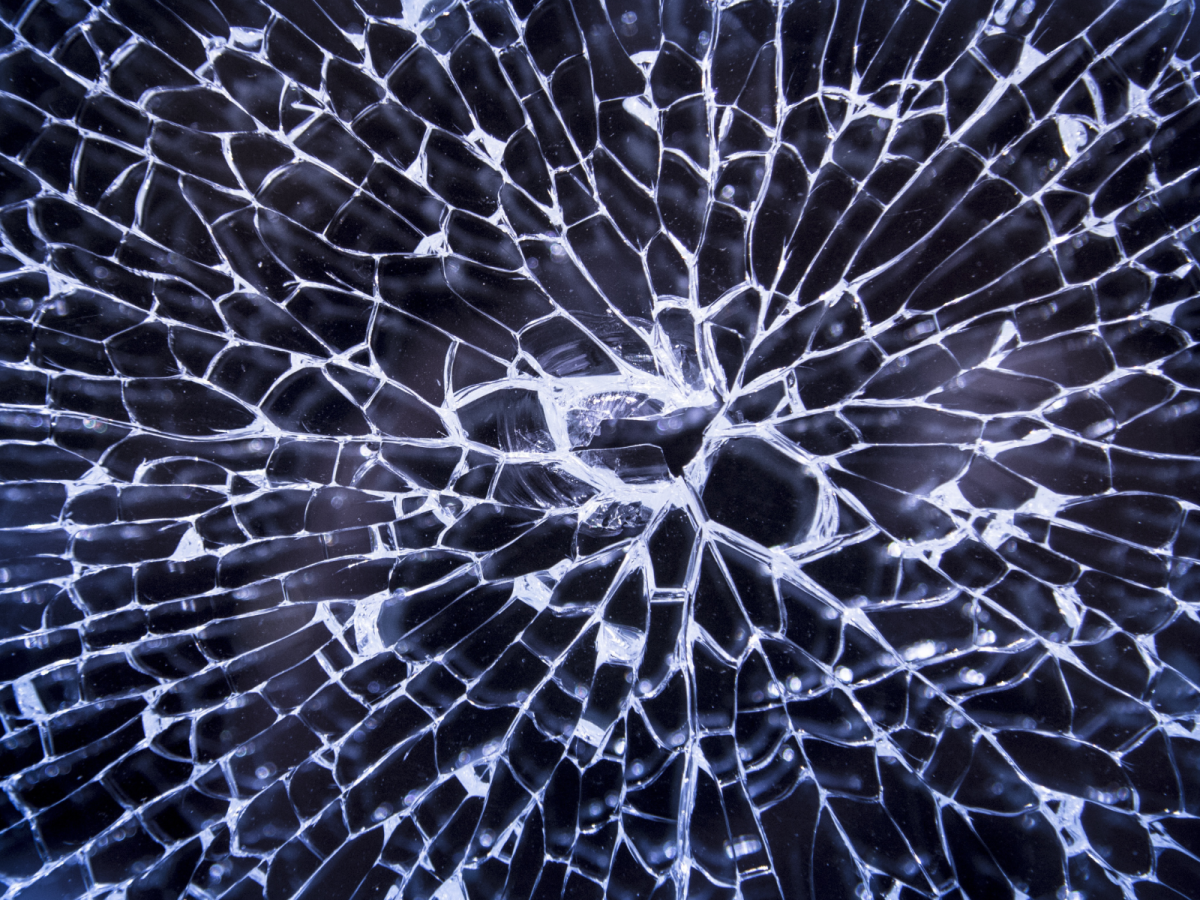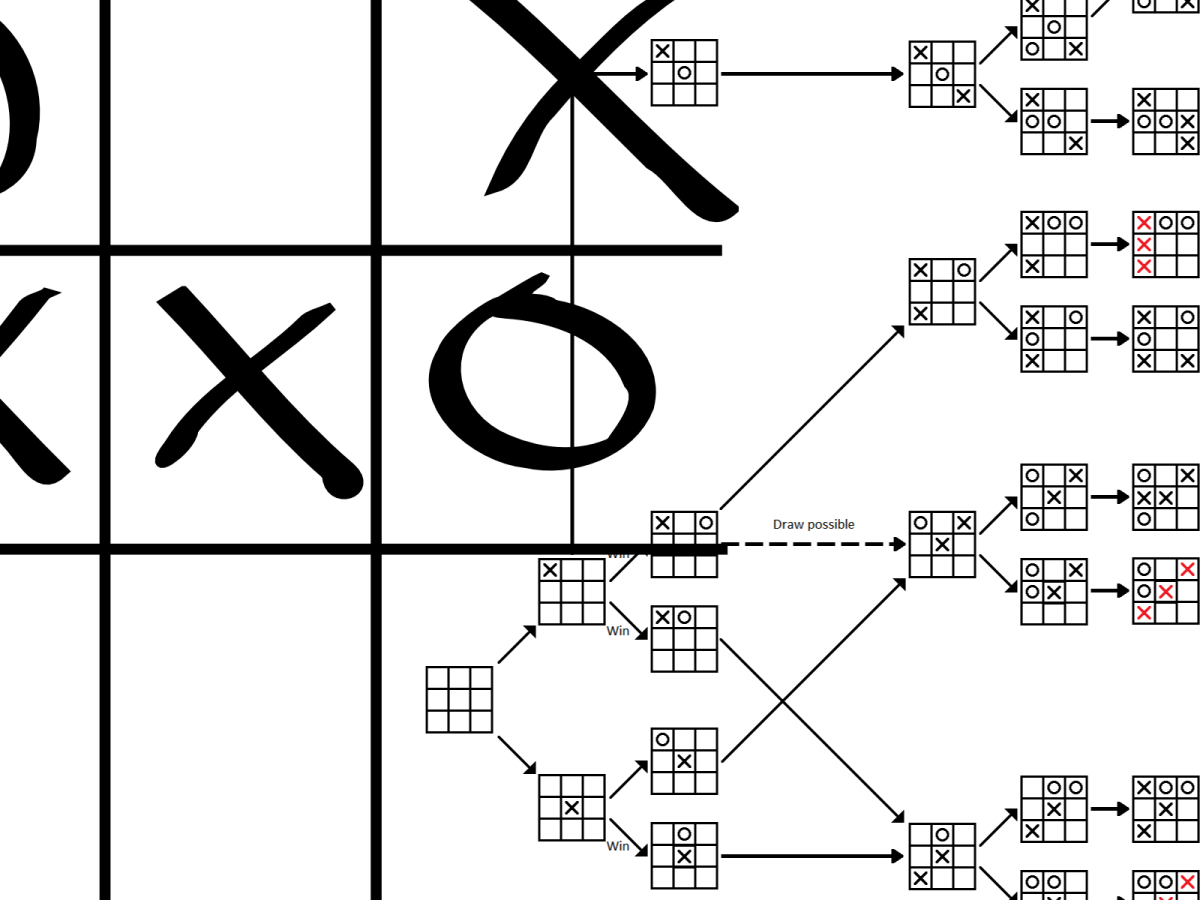In October 2020, I had the privilege of interviewing Johan Nohr for Wyrd Science Magazine’s premier issue. I asked way too many questions, and Johan offered up copious responses—to the point that the feature couldn’t accommodate everything we discussed.
Johan and Wyrd Science editor John Power have graciously given me permission to reproduce some of that material here, in the raw, for the benefit of fans and fellow artists.
WW: To what extent is Mörk Borg genealogically related to Barkhäxan, your first collaboration with Pelle? Are there foreshadowings and precursors to Mörk Borg’s style and design choices?
JN: Barkhäxan (The Bark Witch) is a minimalistic Swedish Blair Witch-like horror game about what lurks in the dark of the old northern Sweden woods. It lacks the tongue-in-cheek and the humor that’s so important in MÖRK BORG but […] there are certain themes and images that connect the two games. For instance, the undead doll monster Lady Porcelain is pure Barkhäxan horror, down to the actual image being used. This is kind of an easter egg, but the artwork for the painting found in the introductory adventure Rotblack Sludge is the cover image that I drew for the Barkhäxan scenario Gråtmyrsbarn. The Blood-Countess Anthelia shares the name of the titular witch in BH. Things like these. I would also guess that the way Pelle designed the generators in MÖRK BORG is a continuation of how he made them in Barkhäxan. Actually the entire, quite peculiar writing style of his (Swedish version in particular) ties them together. It’s very hard to explain it in English, but the language is short and harsh yet oddly poetic. No one that I know of writes the way he does.
WW: You make excellent use of public domain art in Mörk Borg. When selecting works to incorporate, what did you look for? How did you go about finding them and balancing their inclusion with your own original designs and goals?
JN: In general, my aim was to blend a wide range of styles and looks and avoid sticking to just one. But I can really recommend checking out various museum’s gallery pages, some of them contain a lot of free to use, high-res public domain art. And don’t be afraid to reach out to them if you have questions or want assistance, in my experience they’re dying to help.
WW: The total contents of Mörk Borg are essentially fused together, in the same way you sought to merge the visual and the verbal elements of the pages rather forcing them to exist as separate entities. How did your nontraditional development process affect and empower this ambition and its execution?
JN: Graphic design, typography and art was one singular process for me, with each spread being a separate artwork in a way. I mean, the reader won’t care if the text, art and design are separate entities or not, all you’re seeing is the total picture. The spread as it is. Designing a book spread is a lot like designing a poster like that. And it’s not just the hierarchies and flow on that spread, it’s the experience of flipping through the book. The order, flow and the dramaturgy of the spreads in sequence. Flipping through a book is kind of like watching a very, very slow animated movie in a way. You should design the reading experience with that in mind I think.
WW: What is your vision of books? What can they achieve that they currently don’t? How can artists go about exploring those possibilities and properties? What does the future hold for physical print production?
JN: There are so many things that can be done with books beyond just soft or hard covers and different sizes. Ask any printing house what they’re capable of and they’ll show you endless possibilities. Sure it’d be more expensive but it’s not impossible. And even though there will always be a place for traditional books (I dare say those will never go out of fashion), look at how printing has changed just the last 20 years. Imagine what will happen in another 20.
I mean, you can make these cheesy greeting cards that play music when you open them. I’ve done print products with an LCD screen and a speaker playing a video. Look at pop-up books for children, scratch-and-sniff, reusable sticker sheets, edible ink printing for cake decoration… There’s so many crazy things you can do with physical, printed products and if you could somehow incorporate these things into the gameplay I’m sure you could make super innovative games that truly play differently than we’re used to. A lot of these ideas sound super silly at first but I’m sure you can do really cool shit with them.
You heard him, creators. Go forth and make cool shit.
My apologies to the community for completely wearing out the word “apocalypse.” I promise I won’t use it again for at least a week.
Liber Ludorum is entirely reader-funded. Please consider lending your support.
Related posts
Mörk Borg: A Material Review
An art/rulebook that will make your eyeballs bleed fire … and you’ll like it
Basilisk’s Legacy: from Dark Fort to Mörk Borg
The prehistory of a spiked flail to the face
A Festive Apocalypse
Mörk Borg & Medieval Carnival culture
Recent posts
Breakout Con ’24: a retrospective
Impressions of Canada’s largest tabletop gaming convention
Tabula Rasa: a (p)review
An exclusive first look at the groundbreaking rules-minimalist, experience-maximalist TTRPG
Games & Systems
The tradeoff between flexibility and direction, and the pitfalls of thinking about both







